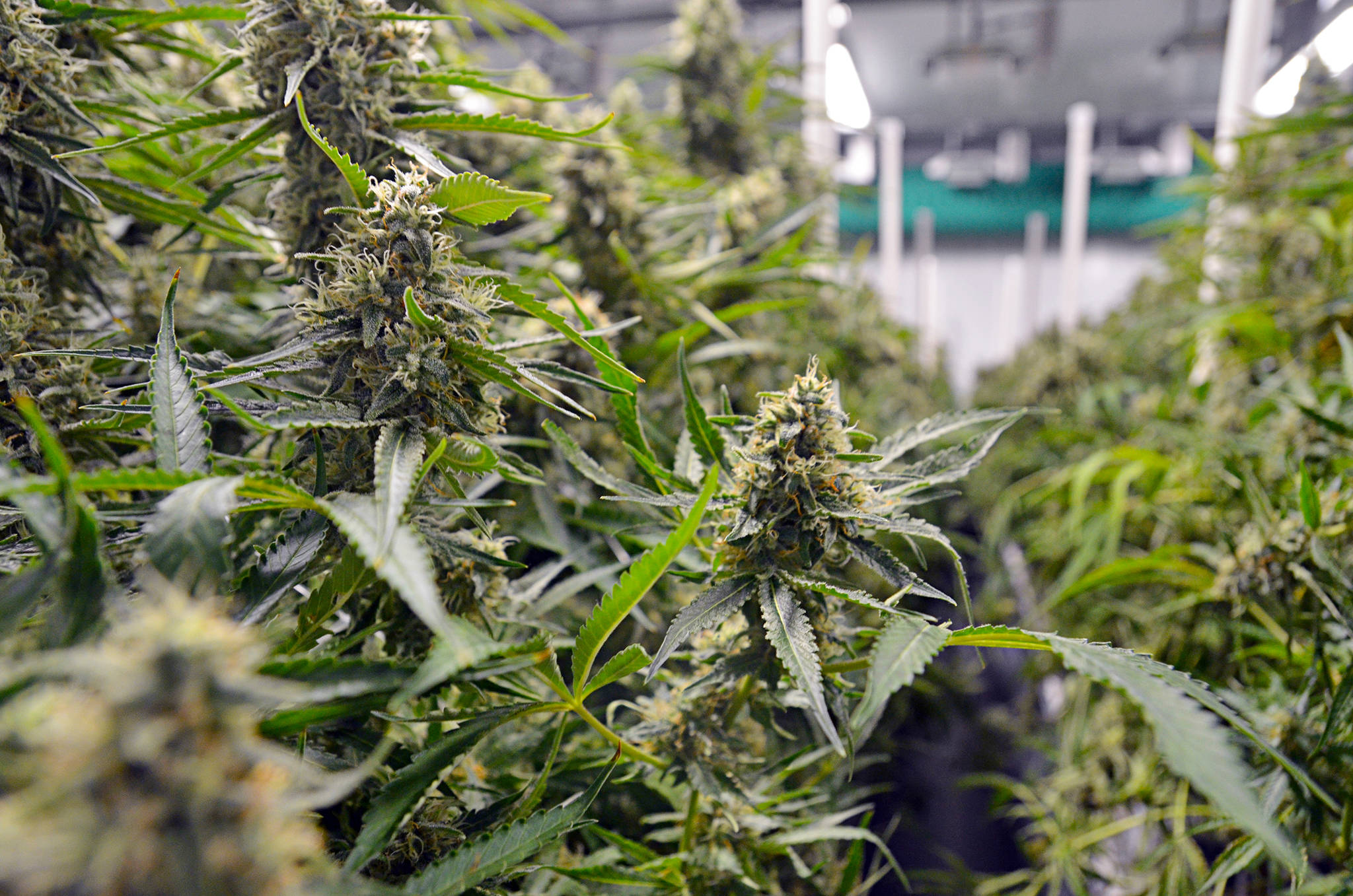Canadians eat or smoke anywhere between 400 to 1,600 tonnes of cannabis per year, according to a few months of sewage samples examined for the federal government.
The wide-ranging estimate, released by Statistics Canada on Thursday, is the first look at cannabis use through a new technique called wastewater-based epidemiology. The tests involve gauging traces of THC, the active ingredient in marijuana, at 15 wastewater treatment plants in five different cities.
After cannabis is metabolized in the body, traces of THC are left behind in human waste. Scientists collected wastewater on the second week of each month from March to August this year – before cannabis was legalized in Canada on Oct. 17.
As expected, more cannabis is consumed in Canada’s larger cities. Montreal had the highest rate of consumption at roughly 1,922 grams per week, according to the analysis. Toronto had the second highest at 1,257 grams, followed by Vancouver with 721 grams.
READ MORE: Canadian trial to compare cannabis and fentanyl in relieving chronic pain
READ MORE: B.C. woman looks to reduce stigma surrounding weed-smoking moms
The sample tests were meant to overcome under-reporting by cannabis users, often caused by the stigma of the drug and reluctance for people to admit their illegal purchases.
“One consequence of under-reporting is that the size of the black market for cannabis will be similarly underestimated,” the report reads.
“As a result, without a direct measurement of cannabis consumption, the reduction of the black market for cannabis – one of the objectives of the legalization of non-medical cannabis – will be hard to track.”
READ MORE: 10 things still illegal in the new age of recreational cannabis
While the estimates offer a first look at the truth behind cannabis use, Statistics Canada said the numbers are experimental and that more information is needed, such as how much of the drug is excreted, its potency and the way the drug is consumed. Other factors to consider include different chemicals in the various treatment plants themselves.
“In the case of cannabis, there are many different kinds of products, with different THC potency levels, and this adds further complexity to estimation methods,” the report reads.
Sampling will continue until the spring of 2019.
WATCH: Inside a B.C.-based marijuana production facility
@ashwadhwani
ashley.wadhwani@bpdigital.ca
Like us on Facebook and follow us on Twitter.



